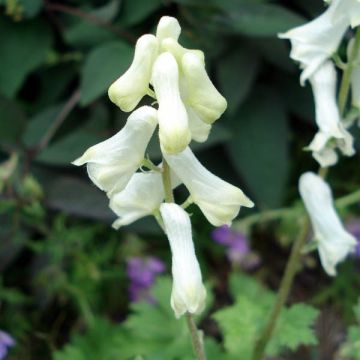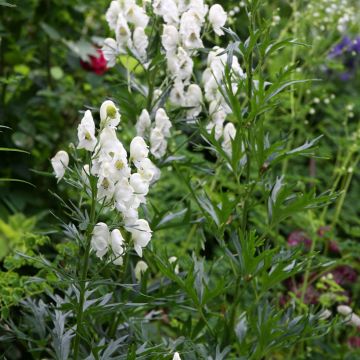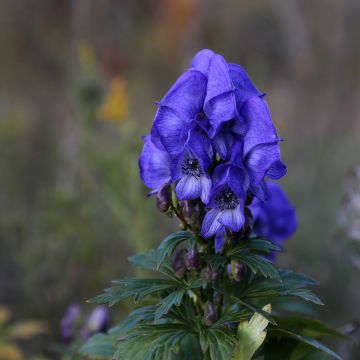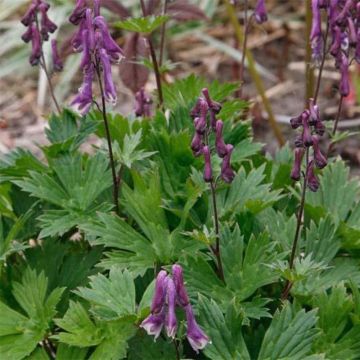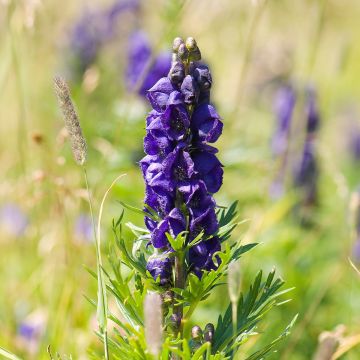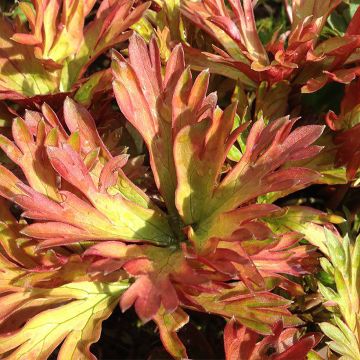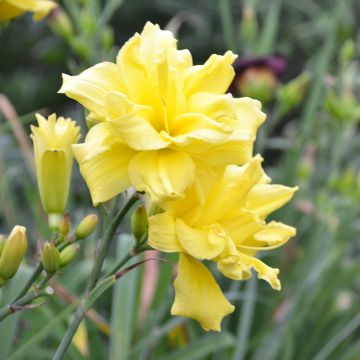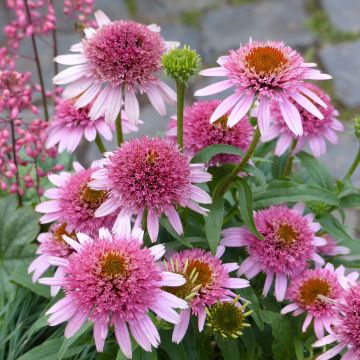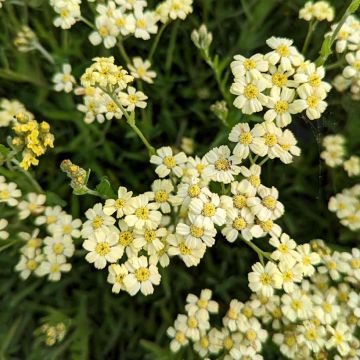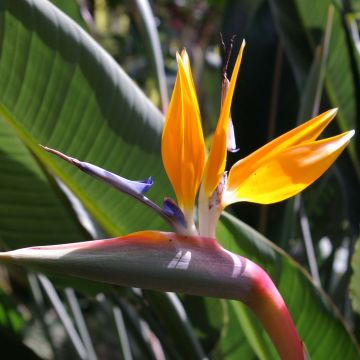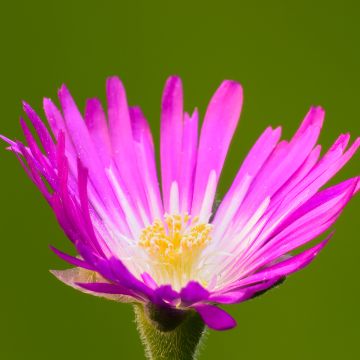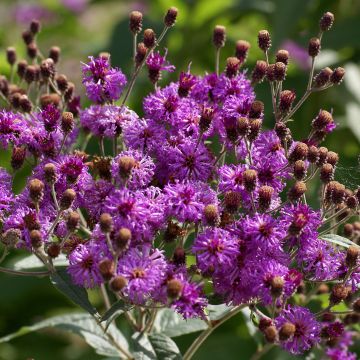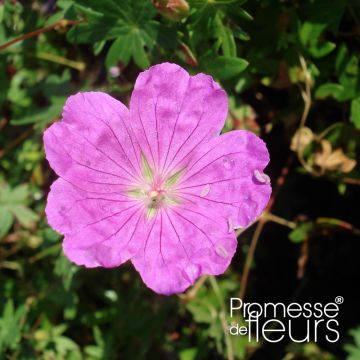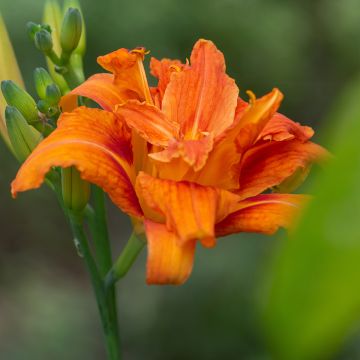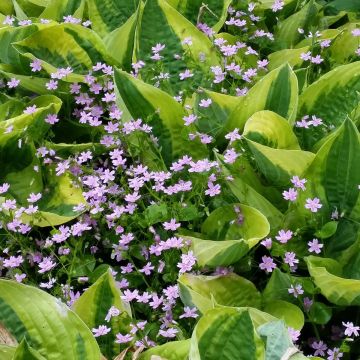

Aconitum carmichaelii Arendsii
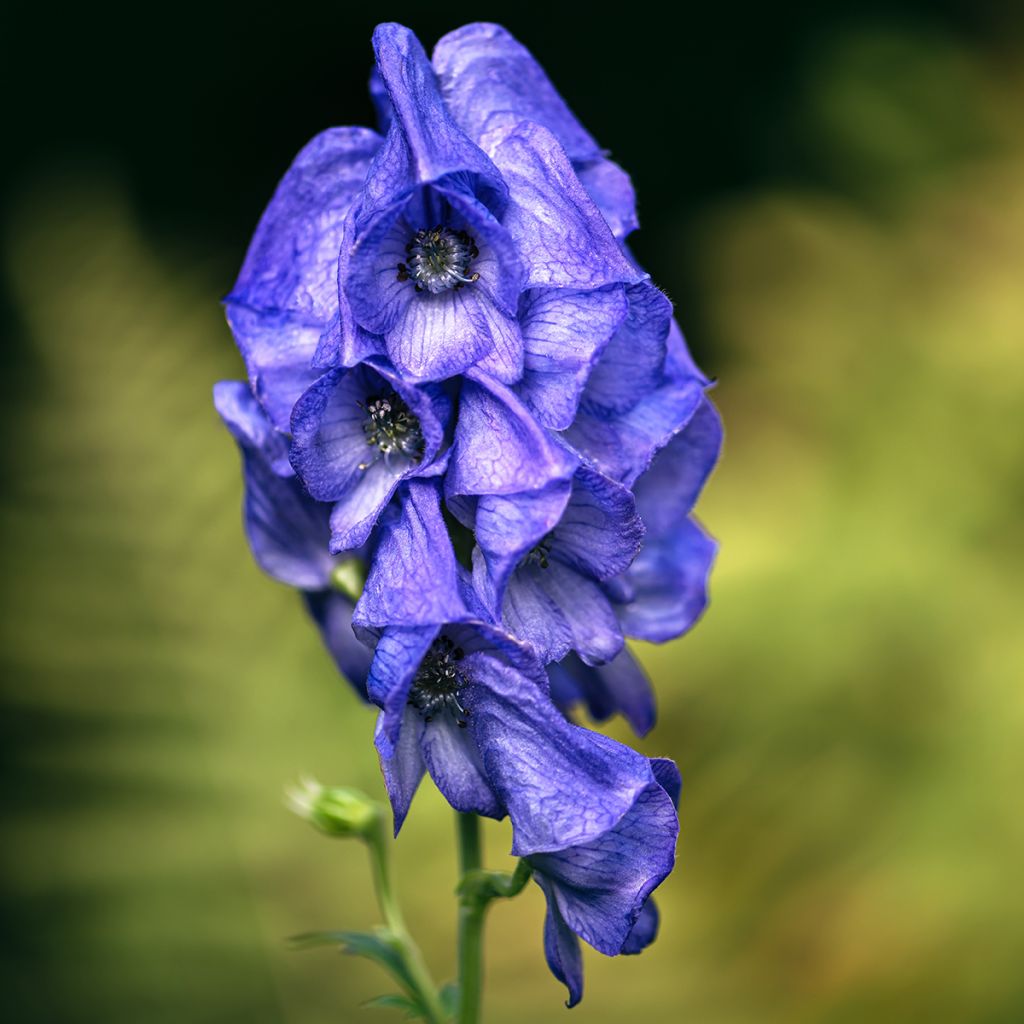

Aconitum carmichaelii Arendsii
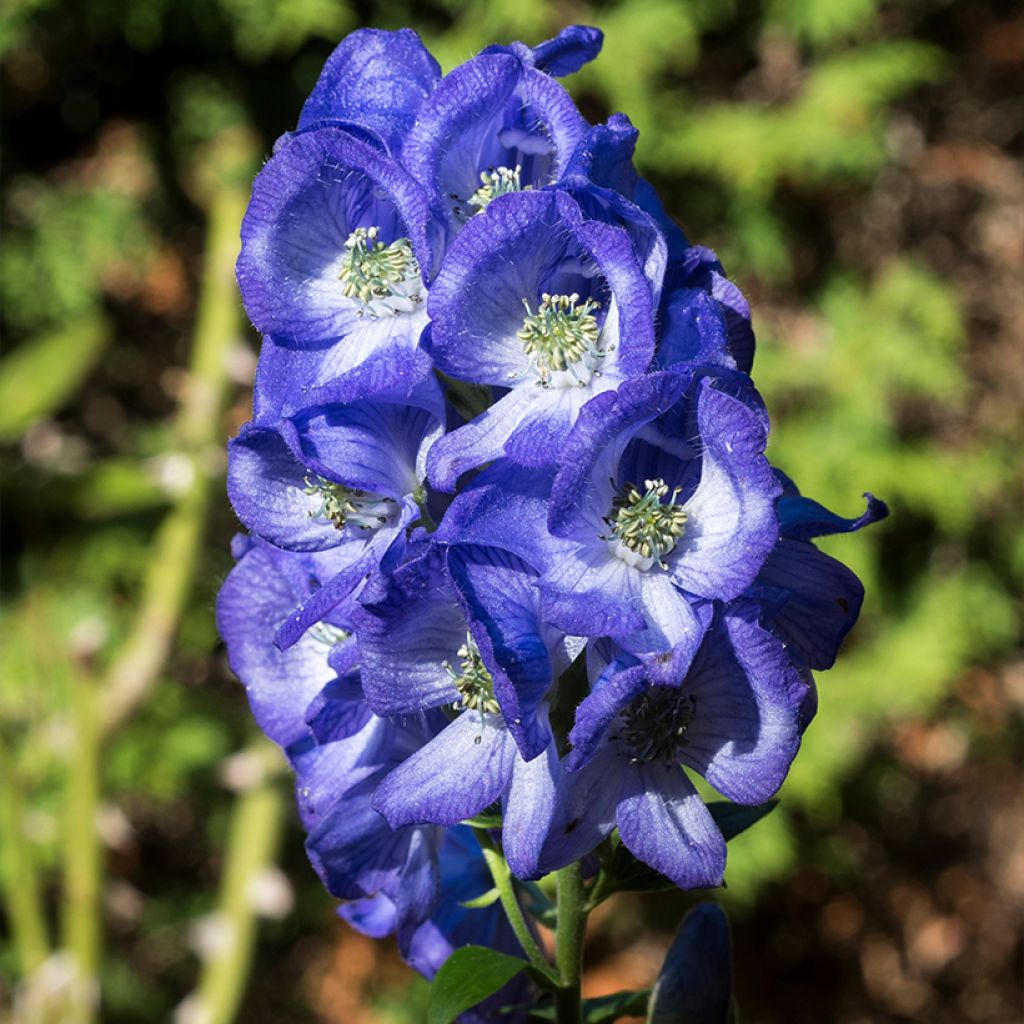

Aconitum carmichaelii Arendsii
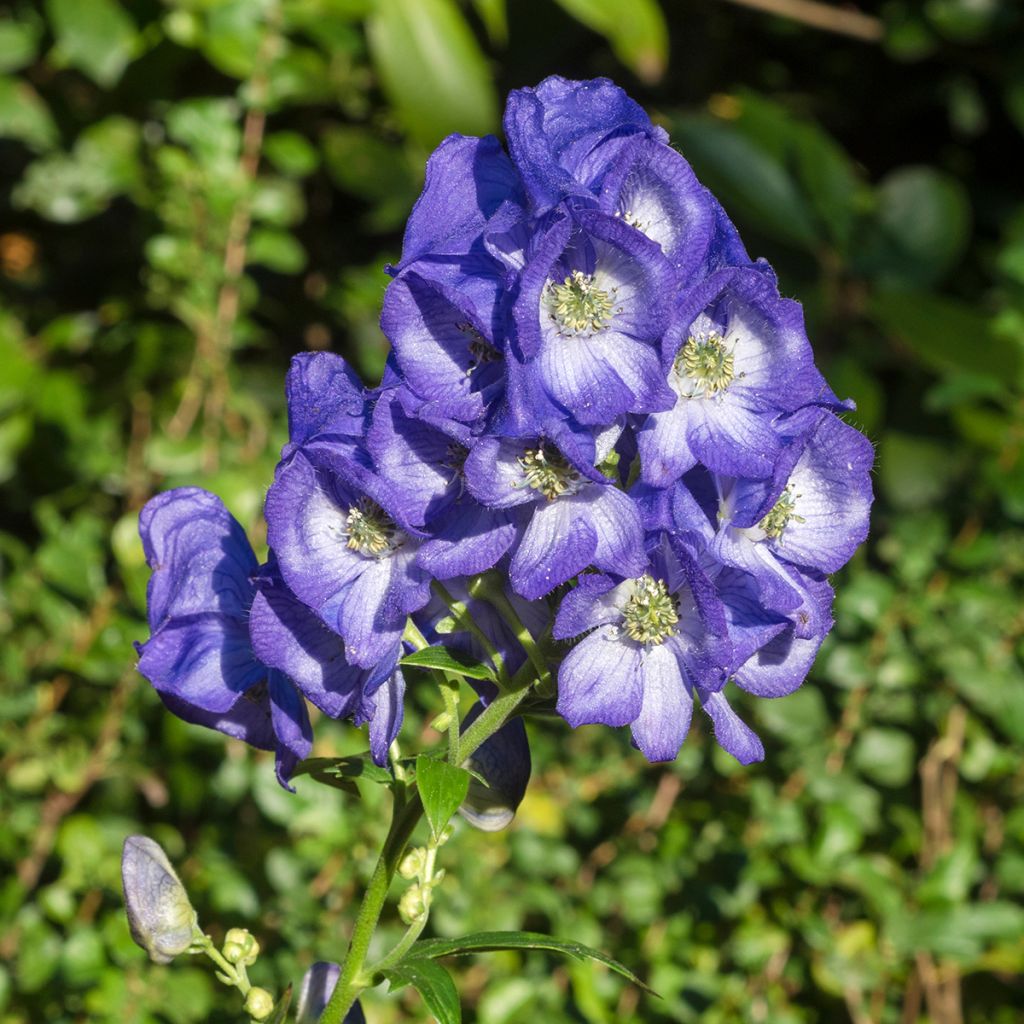

Aconitum carmichaelii Arendsii
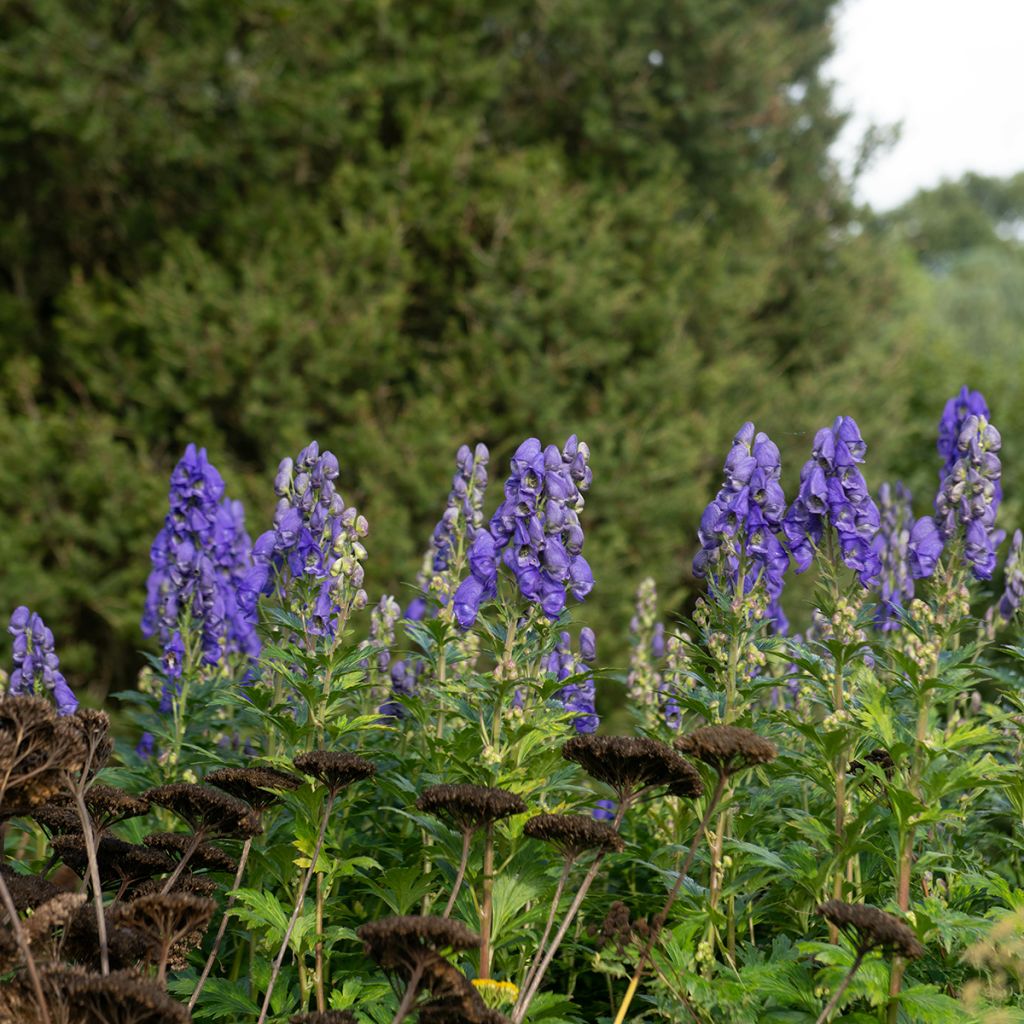

Aconitum carmichaelii Arendsii
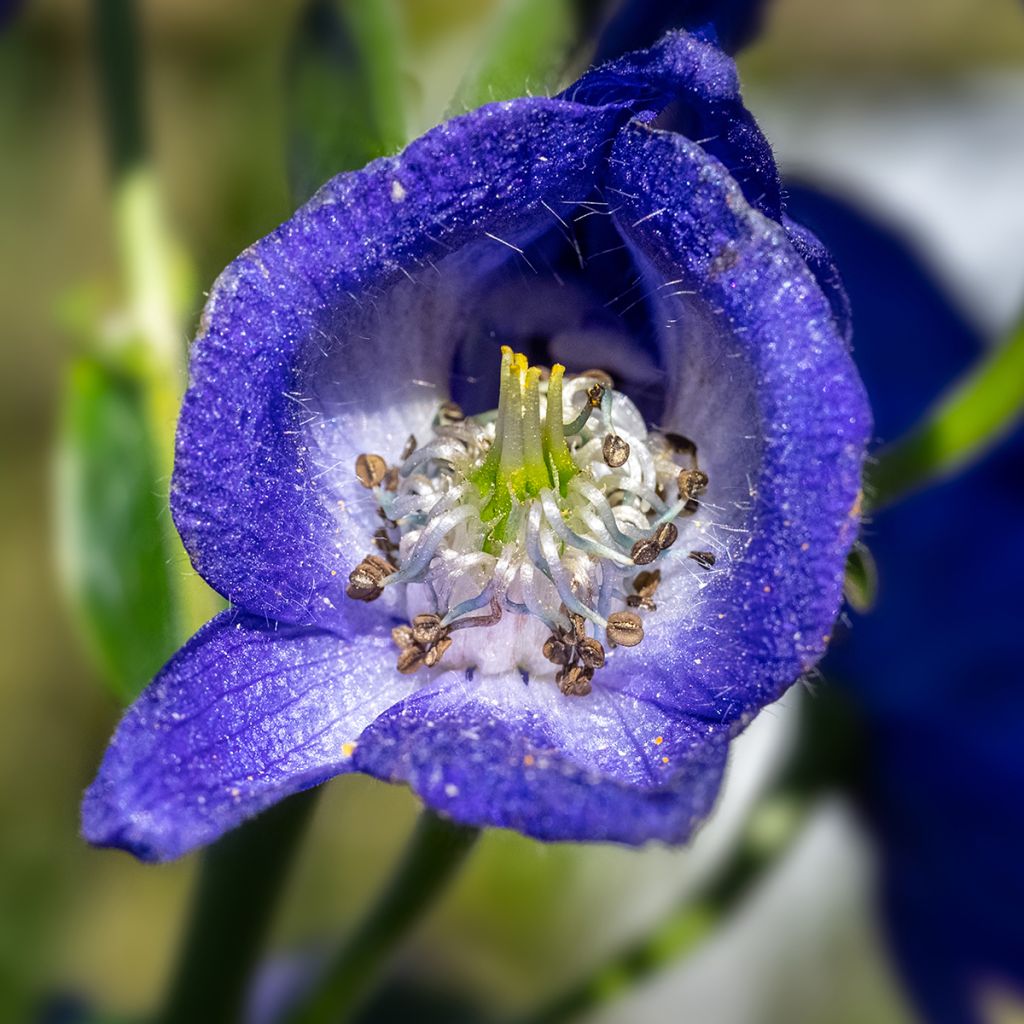

Aconitum carmichaelii Arendsii
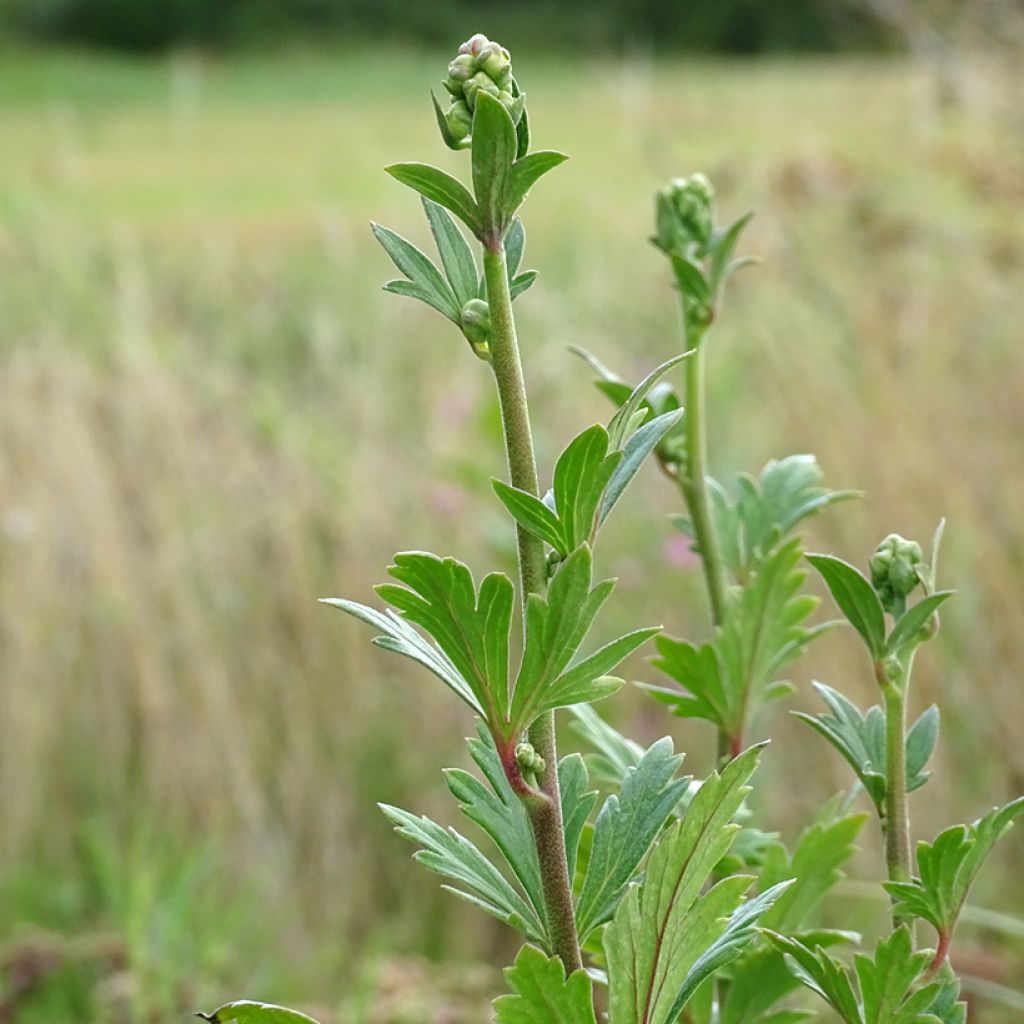

Aconitum carmichaelii Arendsii
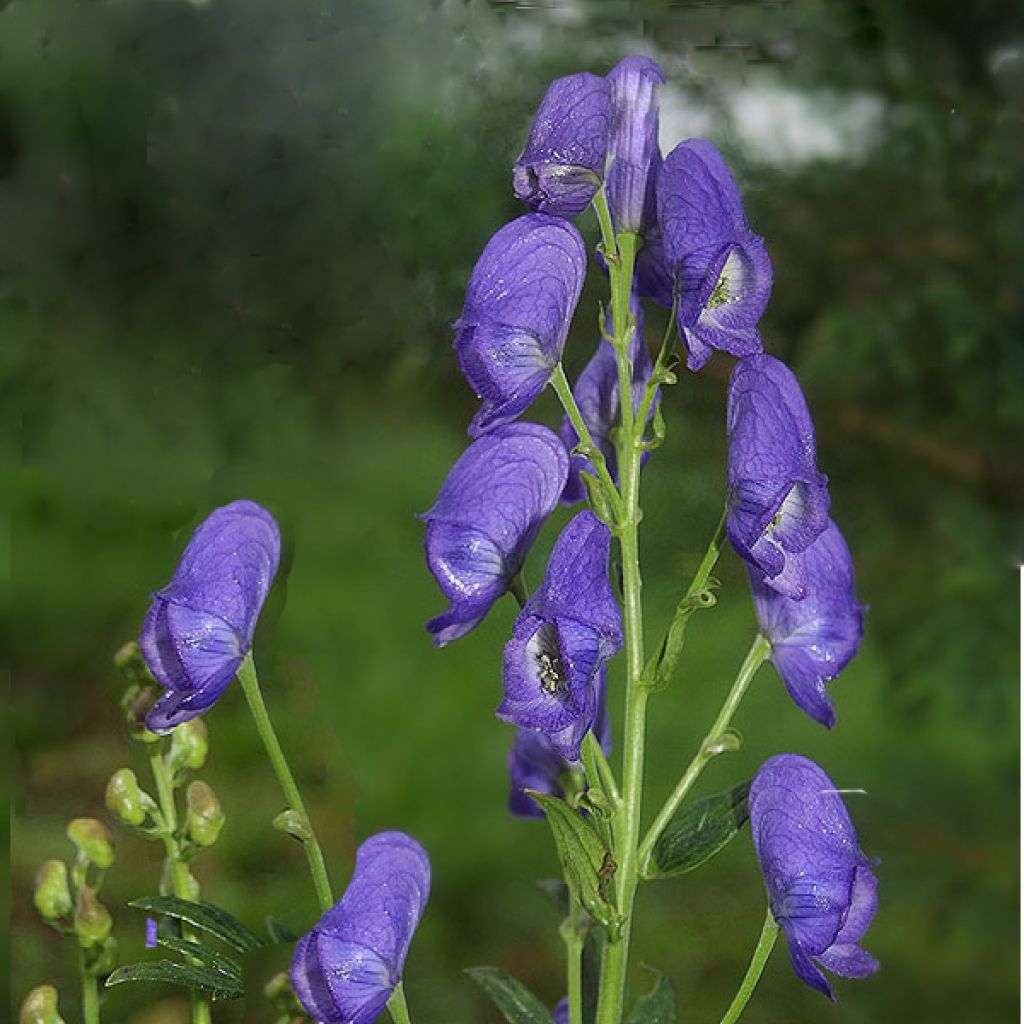

Aconitum carmichaelii Arendsii
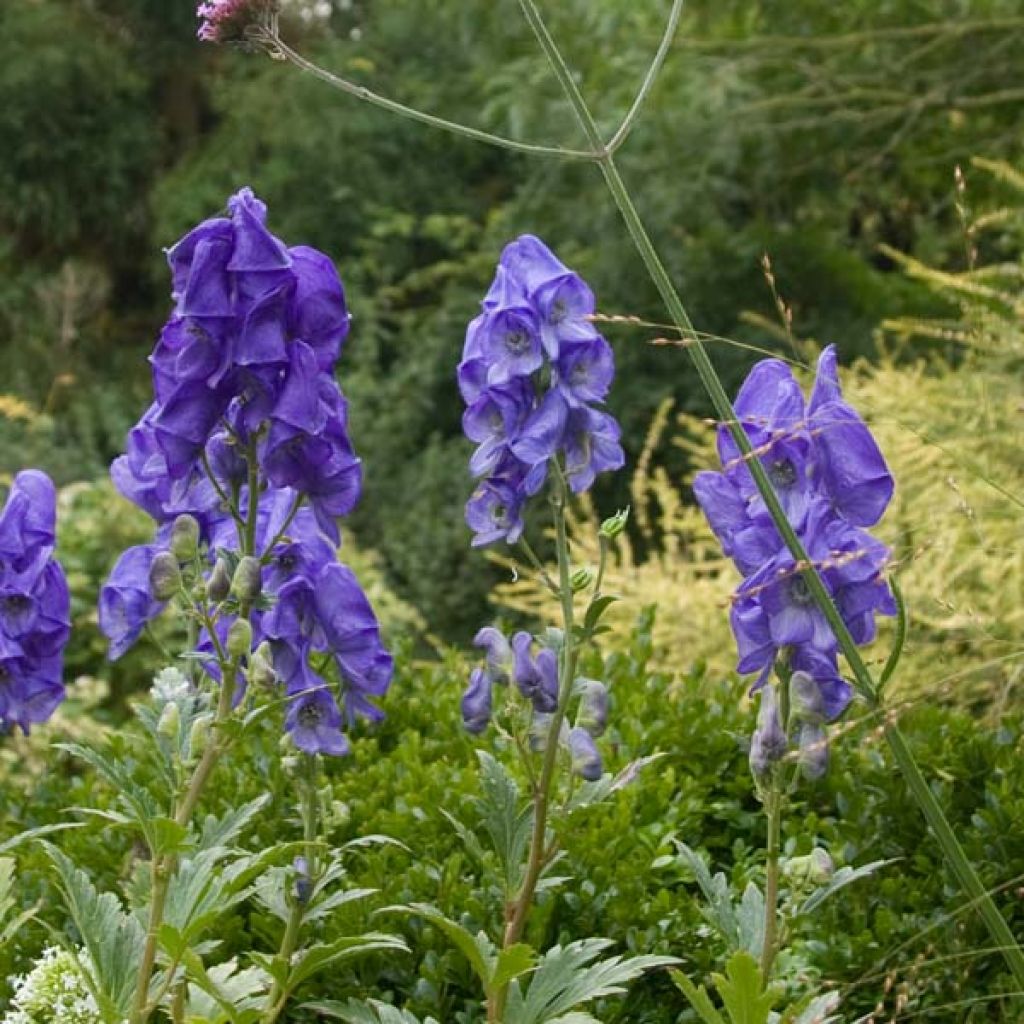

Aconitum carmichaelii Arendsii
Aconitum carmichaelii Arendsii
Aconitum carmichaelii Arendsii
Carmichael's Monkshood
This item cannot be shipped to the selected country
Delivery charge from €5.90
Delivery charge from €5.90
More information
Schedule delivery date,
and select date in basket
This plant carries a 12 months recovery warranty
More information
We guarantee the quality of our plants for a full growing cycle, and will replace at our expense any plant that fails to recover under normal climatic and planting conditions.
From €5.90 for pickup delivery and €6.90 for home delivery
Express home delivery from €8.90.
From €5.90 for pickup delivery and €6.90 for home delivery
Express home delivery from €8.90.
Does this plant fit my garden?
Set up your Plantfit profile →
Description
Aconite carmichaelii 'Arendsii' or Carmichael's Monkshood is a perennial that forms an upright clump. Its flowering occurs later in the year, from September to October. This allows it to bring cheer to the garden as one of the few plants that blooms during this period. Very floriferous, its upright and rigid stems bear clusters of numerous large flowers. These clusters measure 20cm (8in) in height. The flowers, shaped like an ancient helmet, take on a bluish-purple hue. It attracts bees and makes the plant melliferous, meaning it contains substances collected by pollinating insects or some birds that will turn into honey.
The foliage of Aconitum carmichaelii is deciduous. With a shiny dark green colour, the veined leaves are deeply divided into 3 to 5 lobes. This broad foliage somewhat resembles that of Delphinium. Originating from Russia to China, it is a very hardy plant. It can reach a height of 1.20m (4ft). It is a tall plant.
Its flowers are delightful as cut flowers. The Blue Monkshood is most often cultivated against a backdrop of flower beds, as well as among bushes sheltered from the wind or against a wall. It is a plant of the undergrowth that is also found on the edge and even in open spaces. It pairs well with Japanese anemones, asters, or plants with autumn foliage. It can also be placed next to late-season plants such as yellow-flowered Rudbeckias. It blends perfectly with white valerian. Known as Jupiter's Helmet, it is a medicinal plant with antispasmodic properties. It is also highly toxic in all its parts, especially the roots.
Report an error about the product description
Aconitum carmichaelii Arendsii in pictures


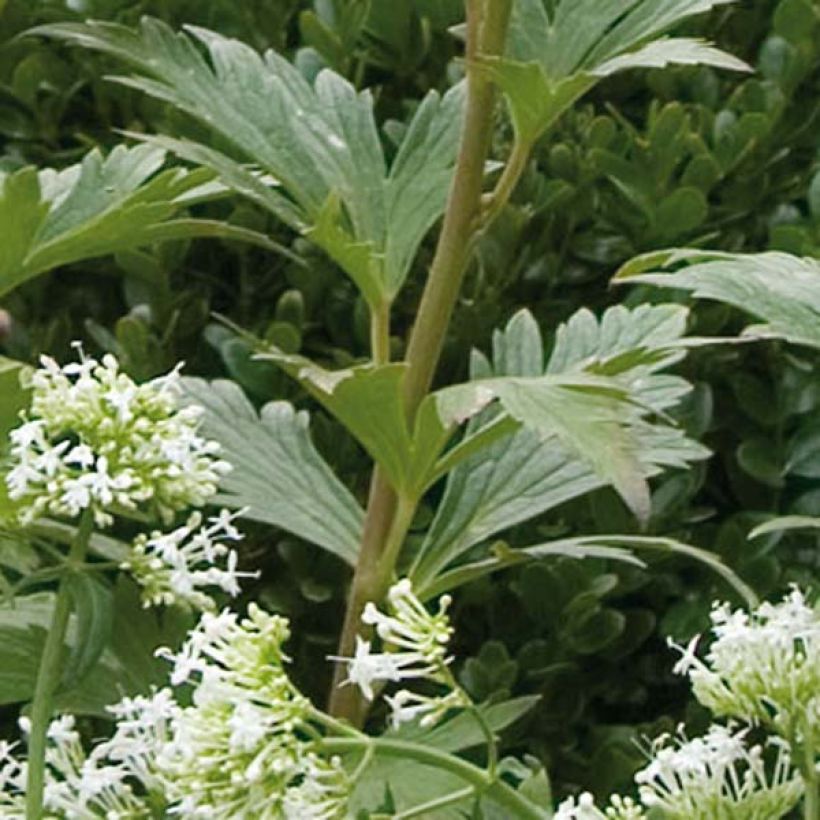



Flowering
Foliage
Plant habit
Safety measures
Botanical data
Aconitum
carmichaelii
Arendsii
Ranunculaceae
Carmichael's Monkshood
Cultivar or hybrid
ingestion
Cette plante est toxique si elle est ingérée volontairement ou involontairement.
Ne la plantez pas là où de jeunes enfants peuvent évoluer, et lavez-vous les mains après l'avoir manipulée.
Pensez à conserver l'étiquette de la plante, à la photographier ou à noter son nom, afin de faciliter le travail des professionnels de santé.
Davantage d'informations sur https://plantes-risque.info
Other Aconitum
Planting and care
Aconitum carmichaelii 'Arendsii' thrives in partial shade in moist soil. It does not tolerate dry soil. If you want to grow it in full sun, the soil must be kept moist to ensure the flowers bloom. Plant Aconites at a depth of 5cm (2in), spaced 50cm (20in) apart. Provide support if the wind damages them. Remove faded flowers during flowering to prolong it. Once the flowering is finished and the clump is no longer decorative, cut back the withered stems. This perennial can suffer from root rot in heavy soil and from verticillium (fungi). It can be attacked by aphids. It is a very easy plant to grow.
Planting period
Intended location
Care
-
, onOrder confirmed
Reply from on Promesse de fleurs
Summer flowering perennials
Haven't found what you were looking for?
Hardiness is the lowest winter temperature a plant can endure without suffering serious damage or even dying. However, hardiness is affected by location (a sheltered area, such as a patio), protection (winter cover) and soil type (hardiness is improved by well-drained soil).

Photo Sharing Terms & Conditions
In order to encourage gardeners to interact and share their experiences, Promesse de fleurs offers various media enabling content to be uploaded onto its Site - in particular via the ‘Photo sharing’ module.
The User agrees to refrain from:
- Posting any content that is illegal, prejudicial, insulting, racist, inciteful to hatred, revisionist, contrary to public decency, that infringes on privacy or on the privacy rights of third parties, in particular the publicity rights of persons and goods, intellectual property rights, or the right to privacy.
- Submitting content on behalf of a third party;
- Impersonate the identity of a third party and/or publish any personal information about a third party;
In general, the User undertakes to refrain from any unethical behaviour.
All Content (in particular text, comments, files, images, photos, videos, creative works, etc.), which may be subject to property or intellectual property rights, image or other private rights, shall remain the property of the User, subject to the limited rights granted by the terms of the licence granted by Promesse de fleurs as stated below. Users are at liberty to publish or not to publish such Content on the Site, notably via the ‘Photo Sharing’ facility, and accept that this Content shall be made public and freely accessible, notably on the Internet.
Users further acknowledge, undertake to have ,and guarantee that they hold all necessary rights and permissions to publish such material on the Site, in particular with regard to the legislation in force pertaining to any privacy, property, intellectual property, image, or contractual rights, or rights of any other nature. By publishing such Content on the Site, Users acknowledge accepting full liability as publishers of the Content within the meaning of the law, and grant Promesse de fleurs, free of charge, an inclusive, worldwide licence for the said Content for the entire duration of its publication, including all reproduction, representation, up/downloading, displaying, performing, transmission, and storage rights.
Users also grant permission for their name to be linked to the Content and accept that this link may not always be made available.
By engaging in posting material, Users consent to their Content becoming automatically accessible on the Internet, in particular on other sites and/or blogs and/or web pages of the Promesse de fleurs site, including in particular social pages and the Promesse de fleurs catalogue.
Users may secure the removal of entrusted content free of charge by issuing a simple request via our contact form.
The flowering period indicated on our website applies to countries and regions located in USDA zone 8 (France, the United Kingdom, Ireland, the Netherlands, etc.)
It will vary according to where you live:
- In zones 9 to 10 (Italy, Spain, Greece, etc.), flowering will occur about 2 to 4 weeks earlier.
- In zones 6 to 7 (Germany, Poland, Slovenia, and lower mountainous regions), flowering will be delayed by 2 to 3 weeks.
- In zone 5 (Central Europe, Scandinavia), blooming will be delayed by 3 to 5 weeks.
In temperate climates, pruning of spring-flowering shrubs (forsythia, spireas, etc.) should be done just after flowering.
Pruning of summer-flowering shrubs (Indian Lilac, Perovskia, etc.) can be done in winter or spring.
In cold regions as well as with frost-sensitive plants, avoid pruning too early when severe frosts may still occur.
The planting period indicated on our website applies to countries and regions located in USDA zone 8 (France, United Kingdom, Ireland, Netherlands).
It will vary according to where you live:
- In Mediterranean zones (Marseille, Madrid, Milan, etc.), autumn and winter are the best planting periods.
- In continental zones (Strasbourg, Munich, Vienna, etc.), delay planting by 2 to 3 weeks in spring and bring it forward by 2 to 4 weeks in autumn.
- In mountainous regions (the Alps, Pyrenees, Carpathians, etc.), it is best to plant in late spring (May-June) or late summer (August-September).
The harvesting period indicated on our website applies to countries and regions in USDA zone 8 (France, England, Ireland, the Netherlands).
In colder areas (Scandinavia, Poland, Austria...) fruit and vegetable harvests are likely to be delayed by 3-4 weeks.
In warmer areas (Italy, Spain, Greece, etc.), harvesting will probably take place earlier, depending on weather conditions.
The sowing periods indicated on our website apply to countries and regions within USDA Zone 8 (France, UK, Ireland, Netherlands).
In colder areas (Scandinavia, Poland, Austria...), delay any outdoor sowing by 3-4 weeks, or sow under glass.
In warmer climes (Italy, Spain, Greece, etc.), bring outdoor sowing forward by a few weeks.

































